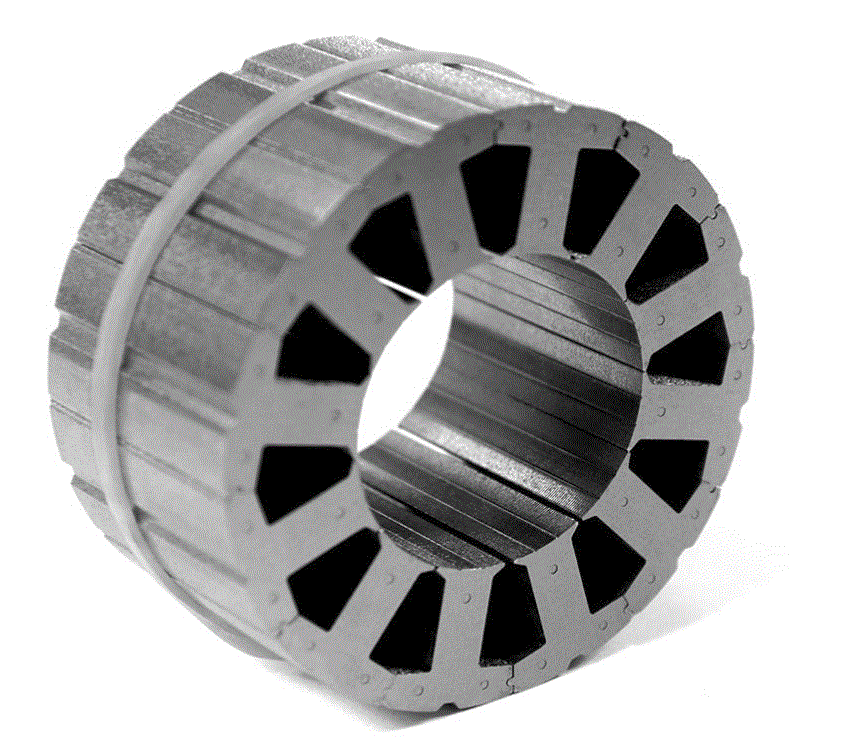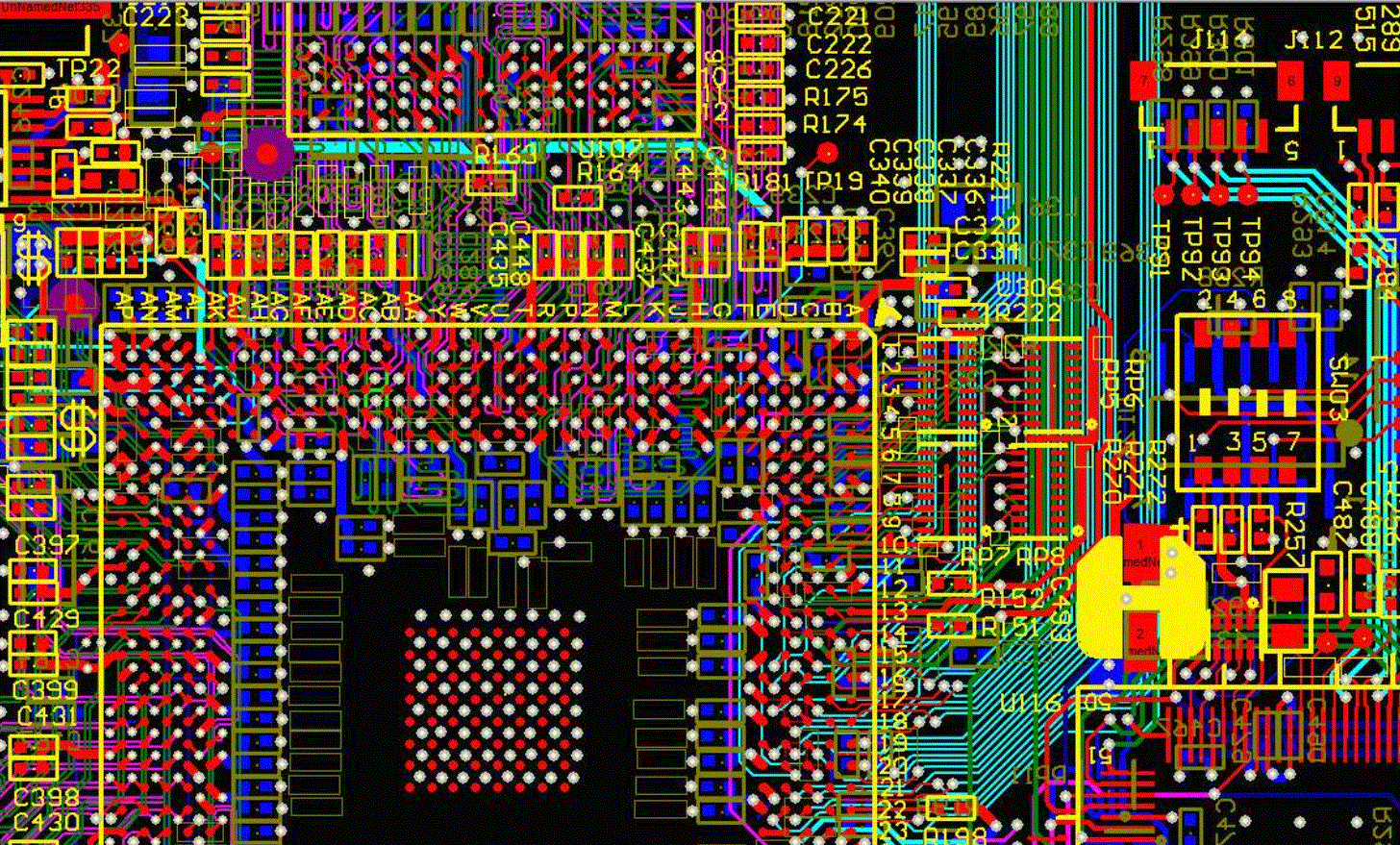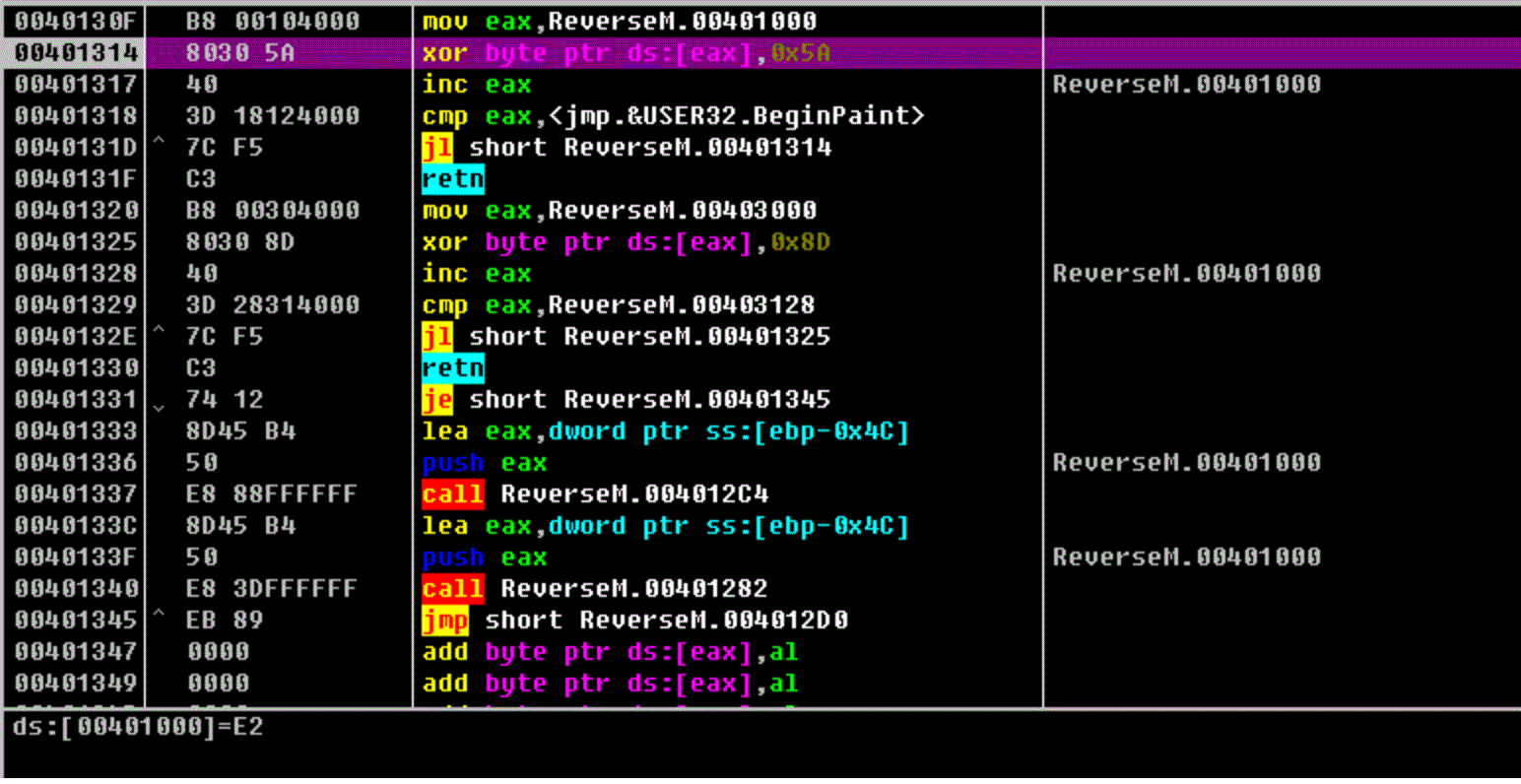|
Reverse engineering Reverse engineering (also known as reverse technology) is a process of product design technology reproduction, that is, reverse analysis and research on a target product, so as to deduce and derive the product's processing flow, organizational structure, functional characteristics and technical specifications, etc. Design elements to produce products with similar functions but not exactly the same. Reverse engineering originates from hardware analysis in the commercial and military fields. Its main purpose is to directly analyze the finished product to derive the design principle of the product when the necessary production information cannot be easily obtained. Reverse engineering may be mistaken as a serious violation of intellectual property rights, but in practical applications, it may protect intellectual property owners. For example, in the field of integrated circuits, if a company is suspected of infringing intellectual property rights, reverse engineering techniques can be used to find evidence. Reverse engineering of machines
 As computer-aided design (CAD) has become more popular, reverse engineering has become a viable method to create a 3D virtual model of an existing physical part for use in 3D CAD, CAM, CAE, or other software. The reverse-engineering process involves measuring an object and then reconstructing it as a 3D model. The physical object can be measured using 3D scanning technologies like CMMs, laser scanners, structured light digitizers, or industrial CT scanning (computed tomography). The measured data alone, usually represented as a point cloud, lacks topological information and design intent. The former may be recovered by converting the point cloud to a triangular-faced mesh. Reverse engineering aims to go beyond producing such a mesh, and to recover the design intent in terms of simple analytical surfaces where appropriate (planes, cylinders, etc.), as well as possibly NURBS surfaces, to produce a boundary-representation CAD model. Recovery of such a model allows a design to be modified to meet new requirements, a manufacturing plan to be generated, etc.
Hybrid modeling is a commonly used term when NURBS and parametric modeling are implemented together. Using a combination of geometric and freeform surfaces can provide a powerful method of 3D modeling. Areas of freeform data can be combined with exact geometric surfaces to create a hybrid model. A typical example of this would be the reverse engineering of a cylinder head, which includes freeform cast features, such as water jackets and high tolerance machined areas.
Reverse engineering is also used by businesses to bring existing physical geometry into digital product development environments, to make a digital 3D record of their own products, or to assess competitors' products. It is used to analyze, for instance, how a product works, what it does, and what components it consists of, estimate costs, and identify potential patent infringement, etc.
Value engineering is a related activity also used by businesses. It involves de-constructing and analyzing products, but the objective is to find opportunities for cost-cutting. Reverse engineering of integrated circuits
Current Board Reverse Engineering, also known as cloning or copying, is the reverse technology research on the designed PCB board; new definition: in a narrow sense, copy board only refers to the process of extracting and restoring PCB files of electronic products circuit boards and cloning circuit boards by using files; in a broad sense, board copying includes not only the extraction of circuit board files, circuit board cloning, circuit board copying and other technical processes, It also includes the modification of circuit board files (i.e. board modification), 3D data extraction and model imitation (i.e. reading), copying of various electronic components on the circuit board of electronic products, decrypting the encrypted chip or single-chip computer on the circuit board, and disassembling the system software of electronic products All technical processes.
Reverse engineering of software
 In 1990, the Institute of Electrical and Electronics Engineers (IEEE) defined reverse engineering as "the process of analyzing a subject system to identify the system's components and their interrelationships and to create representations of the system in another form or at a higher level of abstraction", where the "subject system" is the end product of software development. Reverse engineering is a process of examination only: the software system under consideration is not modified (which would make it re-engineering or restructuring). Reverse engineering can be performed from any stage of the product cycle, not necessarily from the functional end product. Any request,please send email to us.
|